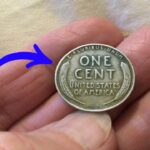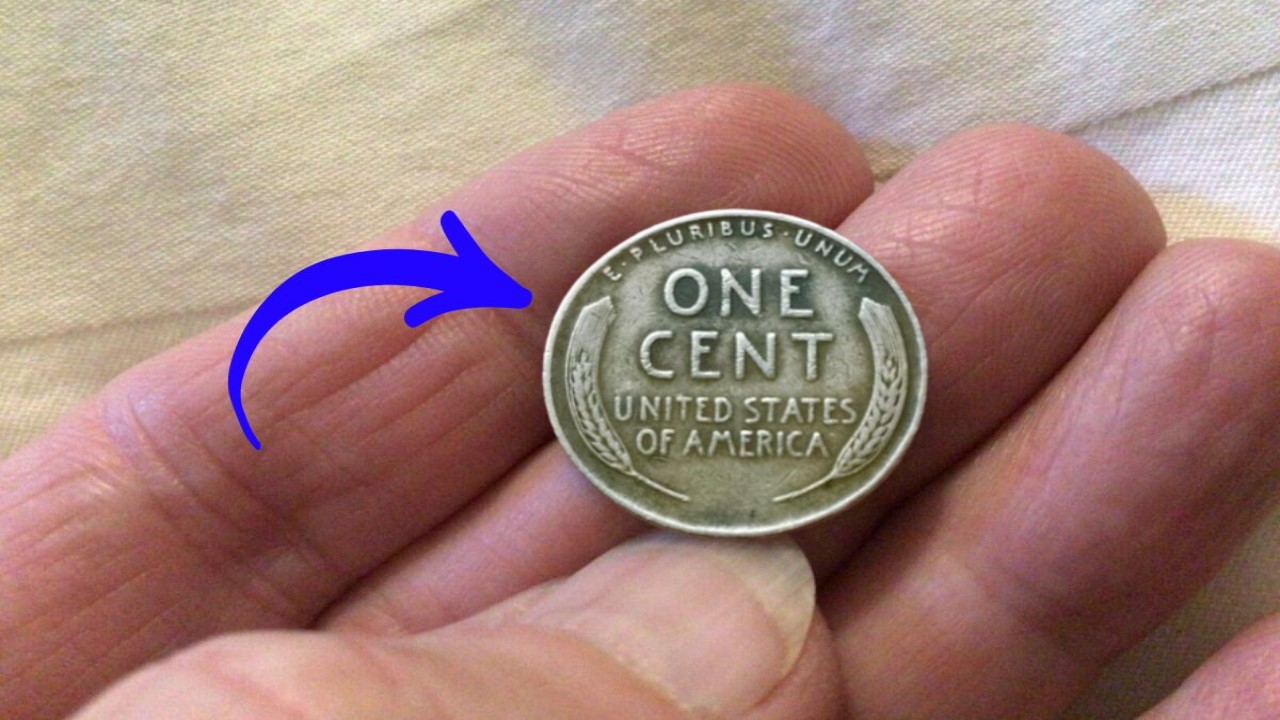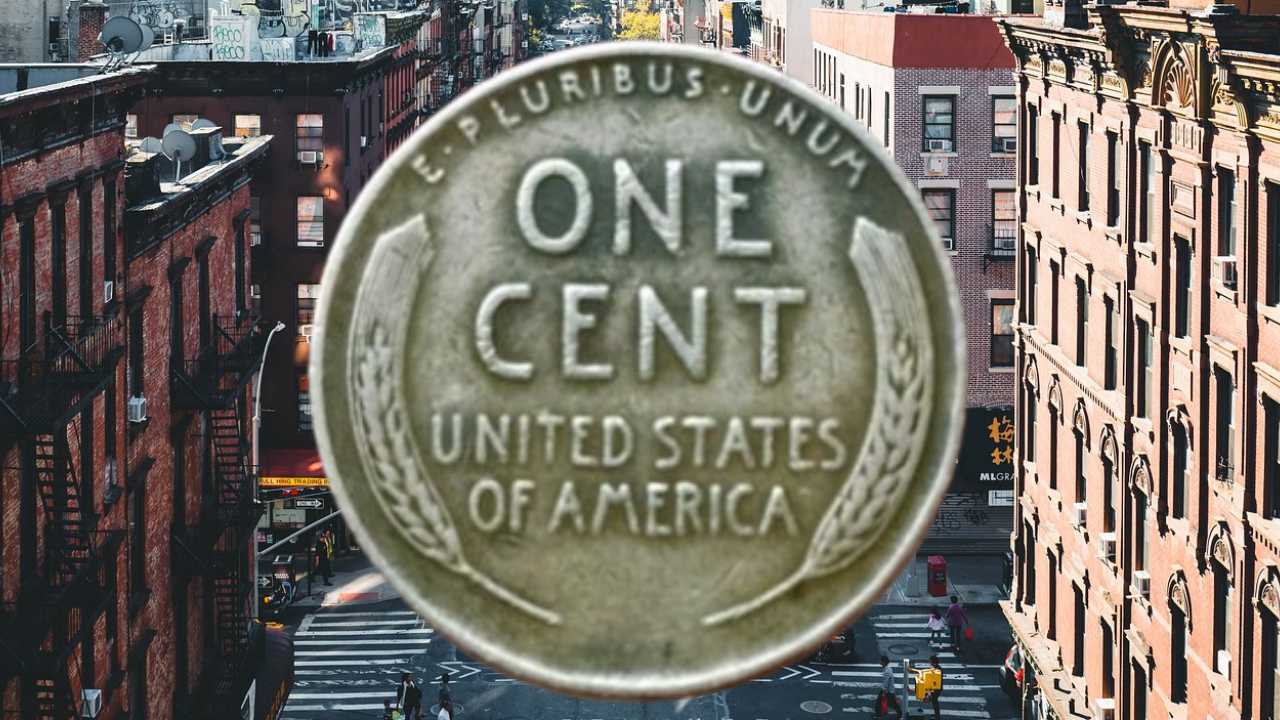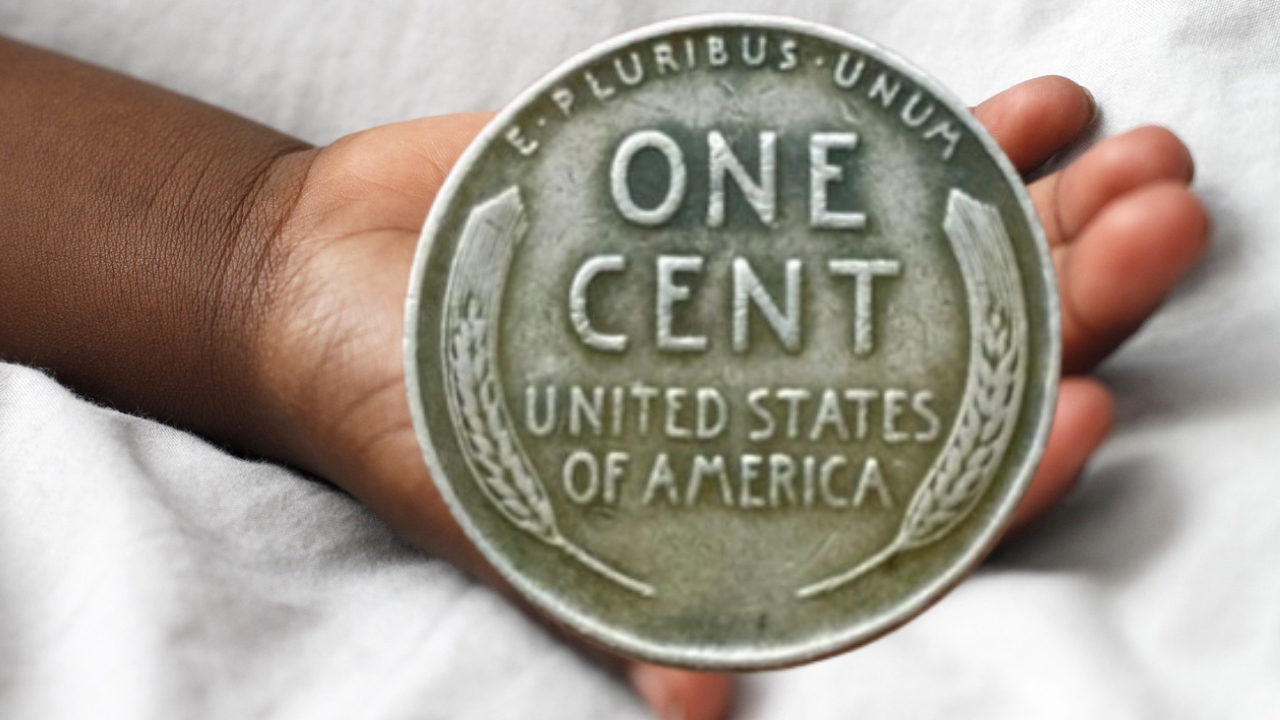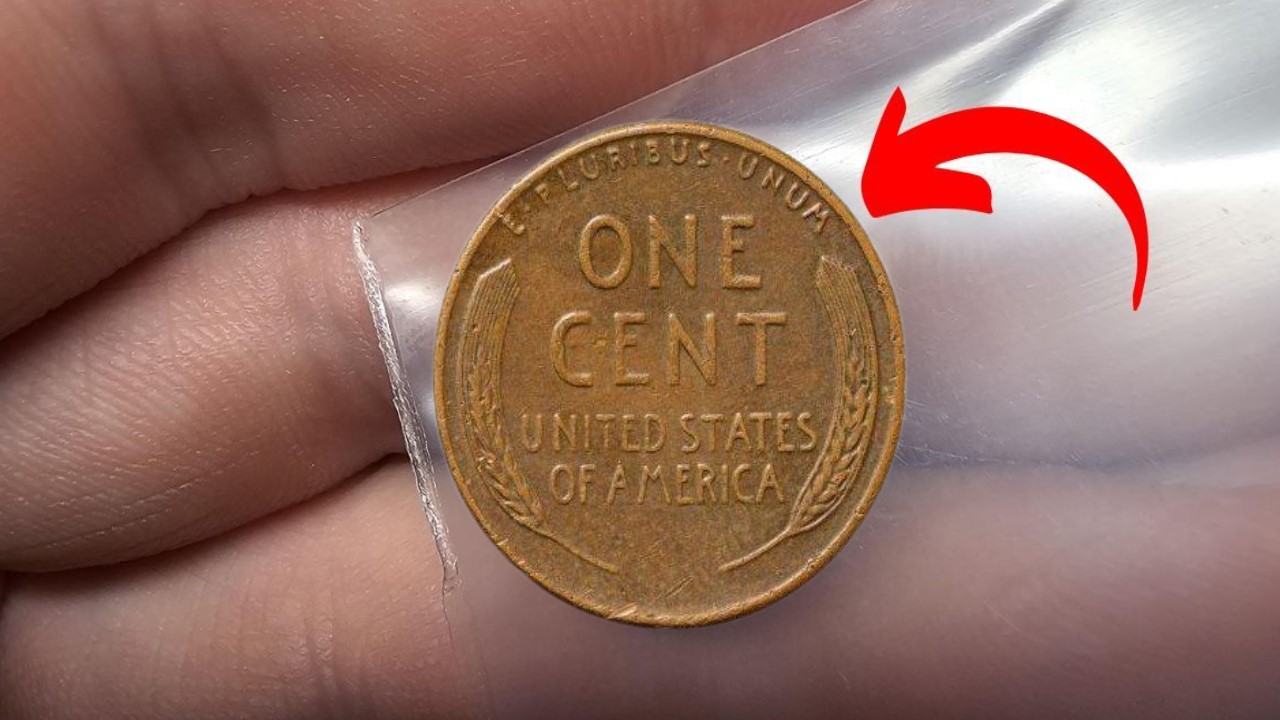The Lincoln Wheat Penny Worth $2.3 Billion Still Circulating: The Lincoln Wheat Penny, minted from 1909 to 1958, holds a special place in American numismatic history While most of these pennies are worth just their face value, certain rare varieties have soared in price, capturing the attention of collectors and enthusiasts Is The Lincoln it possible for a single penny to be worth $2.3 billion? While such a valuation is more fantasy than fact, the true value and historical significance of select Lincoln Wheat Pennies cannot be ignored Let’s take a closer look at the history, rarity, and why some of these coins have become so valuable.

A Revolutionary Design: The Birth of the Lincoln Wheat Penny
Introduced in 1909 to commemorate the centennial of Abraham Lincoln’s birth, the Lincoln Wheat Penny was designed by Victor David Brenner This was the first U.S. coin to feature a real person, breaking away from the tradition of using allegorical figures like Lady Liberty.
Contents
Key Design Features:
- Obverse: Lincoln’s profile, along with the words “LIBERTY” and the mint year Above, the motto “IN GOD WE TRUST” arches
- Reverse: Two stalks of wheat frame the phrases “ONE CENT,” “UNITED STATES OF AMERICA,” and “E PLURIBUS UNUM,” symbolizing America’s agricultural roots
This design remained in circulation until 1958, when it was replaced by the Lincoln Memorial Penny.
What Makes Some Lincoln Wheat Pennies Worth So Much?
- Limited Mintage Coins with low production numbers are naturally more rare and valuable The 1909-S VDB Penny, for instance, had only 484,000 minted, making it one of the most sought-after Lincoln Wheat Pennies Coins in good condition can fetch thousands of dollars
- Minting Errors Errors during production can make a coin highly valuable Notable examples include:
- 1943 Copper Penny: These were accidentally struck on copper planchets during a time when pennies were supposed to be made of steel
- 1922 “No D” Penny: A coin produced in Denver with a missing mint mark due to worn dies.
These minting anomalies have made certain coins worth a great deal more than their face value.
- Condition Coins in mint condition, free from damage and wear, are worth far more than their circulated counterparts Grading services like PCGS and NGC provide ratings that greatly influence a coin’s price For example, a common 1944 Lincoln Wheat Penny in circulated condition may only be worth a dime, but in uncirculated condition, it could command more than $50
- Historical Significance The Lincoln Wheat Penny represents critical moments in U.S. history, such as the impact of World War I, the Great Depression, and World War II Its role as a symbol of endurance and progress only adds to its appeal for collectors.
The Myth of the $2.3 Billion Penny
The idea of a Lincoln Wheat Penny being worth $2.3 billion is likely a myth or exaggeration, often seen in speculative stories While no penny has ever sold for that amount, there are rare examples that have reached astonishing prices:
- 1943 Copper Penny: Sold for $1.7 million at auction
- 1909-S VDB Penny: Frequently valued at $50,000–$100,000 in mint condition.
These sales highlight the immense value some Lincoln Wheat Pennies can achieve, even though the $2.3 billion figure is far from reality.
Famous Lincoln Wheat Pennies
- 1909-S VDB Penny
Key Feature: The initials “VDB” appear prominently on the reverse
Rarity: Removed from circulation quickly due to public backlash
Value: Up to $100,000 in pristine condition - 1943 Copper Penny
Key Feature: Struck on copper instead of steel during wartime
Known Examples: About 20 exist
Value: Often sells for over $1 million - 1922 “No D” Penny
Key Feature: Lacks the “D” mint mark, indicating it was produced in Denver
Value: Can be worth up to $75,000, depending on condition.
Why Are Lincoln Wheat Pennies Still in Circulation?
Despite the potential value of some Lincoln Wheat Pennies, most are still in circulation today, often worth just one cent Over 26 billion of these pennies were minted, ensuring that many remain in circulation, tucked away in jars, rolls, or everyday change Rare examples are the exception, not the rule.
Why Haven’t All the Valuable Pennies Been Found?
- Overlooked Treasures: Many people don’t pay close attention to old coins or fail to spot valuable ones
- Ongoing Circulation: Pennies continue to circulate long after they stop being produced, so rare ones are often mixed in with common ones.
How to Identify Valuable Lincoln Wheat Pennies
- Check the Date and Mint Mark
Rare dates such as the 1909-S, 1914-D, and 1931-S are particularly valuable Coins from San Francisco (marked with an “S”) and Denver (marked with a “D”) tend to be rarer than those from Philadelphia, which has no mint mark - Look for Errors
Minting errors, like double strikes, missing details, or off-center designs, can make a penny worth much more than its face value - Assess the Condition
Coins that are well-preserved, with sharp details and no visible wear, will generally fetch higher prices - Use a Scale
1943 Pennies: Copper pennies weigh 3.11 grams, while steel pennies weigh 2.7 grams.
The Allure of Coin Collecting
Collecting Lincoln Wheat Pennies is more than just a financial pursuit-it’s a way to connect with history, art, and culture These coins reflect the journey of a nation, from its agrarian roots to its industrial growth.
Why Collect Lincoln Wheat Pennies?
- Accessibility: Common dates are easy to find and affordable
- Educational Value: Collecting these coins offers lessons in history, minting processes, and grading
- The Thrill of Discovery: The excitement of potentially finding a rare and valuable penny keeps collectors engaged.
Conclusion: A Legacy in Copper
The Lincoln Wheat Penny is more than just a coin-it’s a cherished piece of American history While the idea of a $2.3 billion penny remains a myth, the true value of rare Lincoln Wheat Pennies is undeniable For collectors, these coins combine historical importance, artistic design, and the excitement of treasure hunting.
Next time you sift through your change, take a moment to inspect that simple penny You might just uncover a hidden treasure-and perhaps even a small fortune.
Also Read
